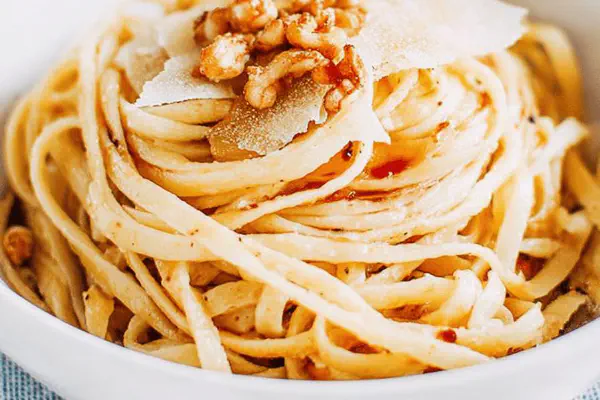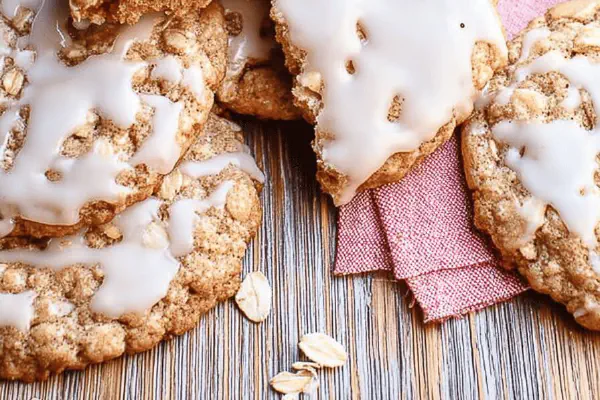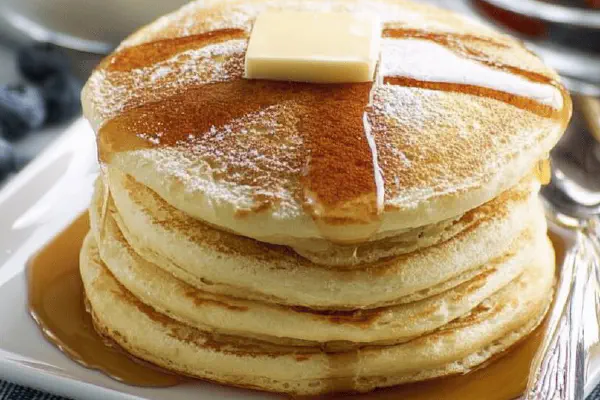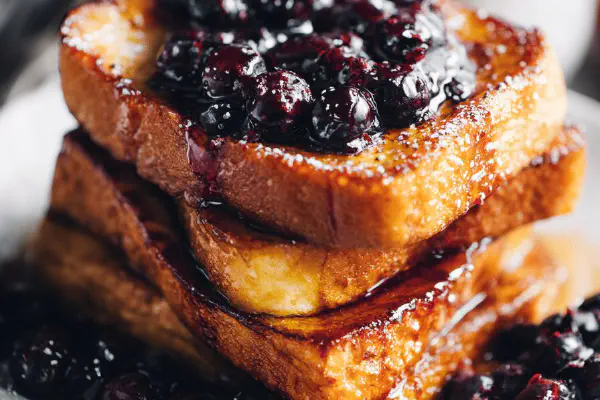Pancake Spaghetti Remix

By Emma
Certified Culinary Professional
Ingredients
- 1 1/2 cups all-purpose flour substituted with 1 cup all-purpose and 1/2 cup oat flour
- 3 1/2 teaspoons baking powder
- 1 teaspoon kosher salt
- 1 tablespoon granulated sugar changed from 1 tablespoon brown sugar
- 1 1/4 cups whole milk
- 1 large egg
- 3 tablespoons unsalted butter melted separate from cooking spray
- 1/2 teaspoon ground cinnamon added for subtle spice
- Cooking spray or olive oil spray for griddle
- Powdered sugar for dusting
- Butter for topping
- Chopped toasted almonds instead of pecans
- Maple syrup to drizzle
About the ingredients
Method
Batter Prep
- Sift dry ingredients including flour blend, baking powder, salt, sugar, and cinnamon. Skip sifting if short on time but mix longer to kill lumps. Dust of flour on whisk or use fork vigorously. Mix wet: milk, egg, melted butter. Fold moist into dry just till combined. Too much mixing equals trucks of gluten—a bit tough. Batter thick enough to drip slowly; test in squeeze bottle.
Filling Bottle and Setup
- Decant batter into condiment bottle or any squeezable container. Snip tip wider than usual—if tip too narrow expect clog party; pancake spaghetti frustration is real. Heat griddle or skillet to medium heat or around 340–350°F if you have a thermometer; spray with olive oil or cooking spray for even crispiness. Patience, no oil puddles, no dry spots.
Drawing the Spaghetti
- Squeeze batter in back-and-forth motions, making thin spaghetti shapes. Could be bullseye circles but stringy lines better mimic pasta strands. If batter drips plop slowly, adjust hole bigger or lower batter viscosity. Wait for bubbles to pop and edges lift slightly—listen for soft sizzling and smell that nutty browning aroma. Edges should have a light tan crust. That’s your green light.
Flipping Technique
- Flip gently with a thin spatula; pancakes fragile thin. Flip too fast—tears occur. Delicate lift and flip to brown pale side for 15–30 seconds. Don’t overcook; strands drying too much turn brittle and break. Remove to plate immediately. Layer pancake strings while warm, filling into ‘spaghetti’ mound. Re-spray griddle if dry. Routine perfect pancake surface management is key.
Assembly and Serving
- Dust pancake strings with powdered sugar for classic look. Drop bits of butter on steaming spaghetti pile, let melt and pool. Sprinkle toasted almonds for crunch; pecans swapped for those handy nuts in pantry or allergy-friendly options. Drizzle pure maple syrup or flavored syrups if you like boozy maple or spiced syrups—oak or bourbon-flavored add adult twist.
Troubleshooting and Variations
- Clogs in bottle? Dilute batter with splash more milk; test again. Batter too thin? Add a spoon flour but not heaps or strands run into blobs. No thermometer? Watch bubbles carefully; when they break and edges firm, flip. Too much heat browns before cooked—lower temp. For fluffier batter, fold in whipped egg whites but drain extra time. For vegan, skip egg, replace milk with almond or oat milk and use flax or chia egg alternative. Squeeze precision key to neat spaghetti strands.
Cooking tips
Chef's notes
- 💡 Sift dry mix well to break clumps or get batter stuck in bottle tip fast. No sift? Whisk longer, break lumps hard. Use fork like crazy to fully aerate. Batter consistency key too thick? Adds blobs. Too thin? Strings collapse—adjust flour or milk in pinch.
- 💡 Cut bottle tip wider than usual. Too tiny means clog central. Snip with scissors to big enough hole or puncture with needle. Watch batter flow; stubborn spots fix with gentle shake or adding splash milk. No thermometer? Medium heat feels right when you smell nutty browning aroma.
- 💡 Flip slow, gentle. Pancakes this thin tear if rushed or stabbed with spatula edge. Use wide metal spatula, slide underneath softly. Look for bubbles popping, edges lifting with slight tan crust—those signals say flip now. Flip back for 15 to 30 seconds only; avoid dryness or breaking strings.
- 💡 Layer warm pancake noodles fast or they stick to plate cold. Keep plate warm or cover loosely with foil. Spray griddle before batch to prevent sticking and dry patches; reapply oil as needed. Butter separate from cooking spray. Melt butter on top after plating; syrup over last helps avoid soggy strings.
- 💡 For variations, swap oat flour half for nuttiness and chew. Cinnamon adds subtlest warmth, won’t overpower. Brown sugar swapped for granulated; dry sugar flows better from bottle. Use almond or oat milk for vegan. Flax or chia eggs replace real egg; whip egg whites separately to puff but keep drip consistency.
Common questions
How to prevent bottle tip clogs?
Wide cut tip, sift batter or whisk longer to break lumps. Add splash milk if thick. Shake bottle mid-use. Tiny holes choke batter flow fast; fix with scissors or bigger puncture.
What’s the best heat for griddle?
Medium heat around 340 to 350°F if thermometer. No gauge? Go by smell—nutty aromas and soft sizzle. Bubbles appear then pop, edges firm. Too hot burns strings too quick, too low leaves pale and runny batter.
Batter too runny or thick?
Runny means add spoonful flour one at a time. Thick means extra milk splash. Test squeeze. Consistency key for noodles not blobs. Don’t overmix; gluten buildup toughens texture and clogs.
How to store leftovers?
Cool fully. Wrap air tight or container fridge. Reheat gentle in pan low heat or microwave short bursts. Strings stick if stacked cold long; warm plate and layer loosely before leftovers.



